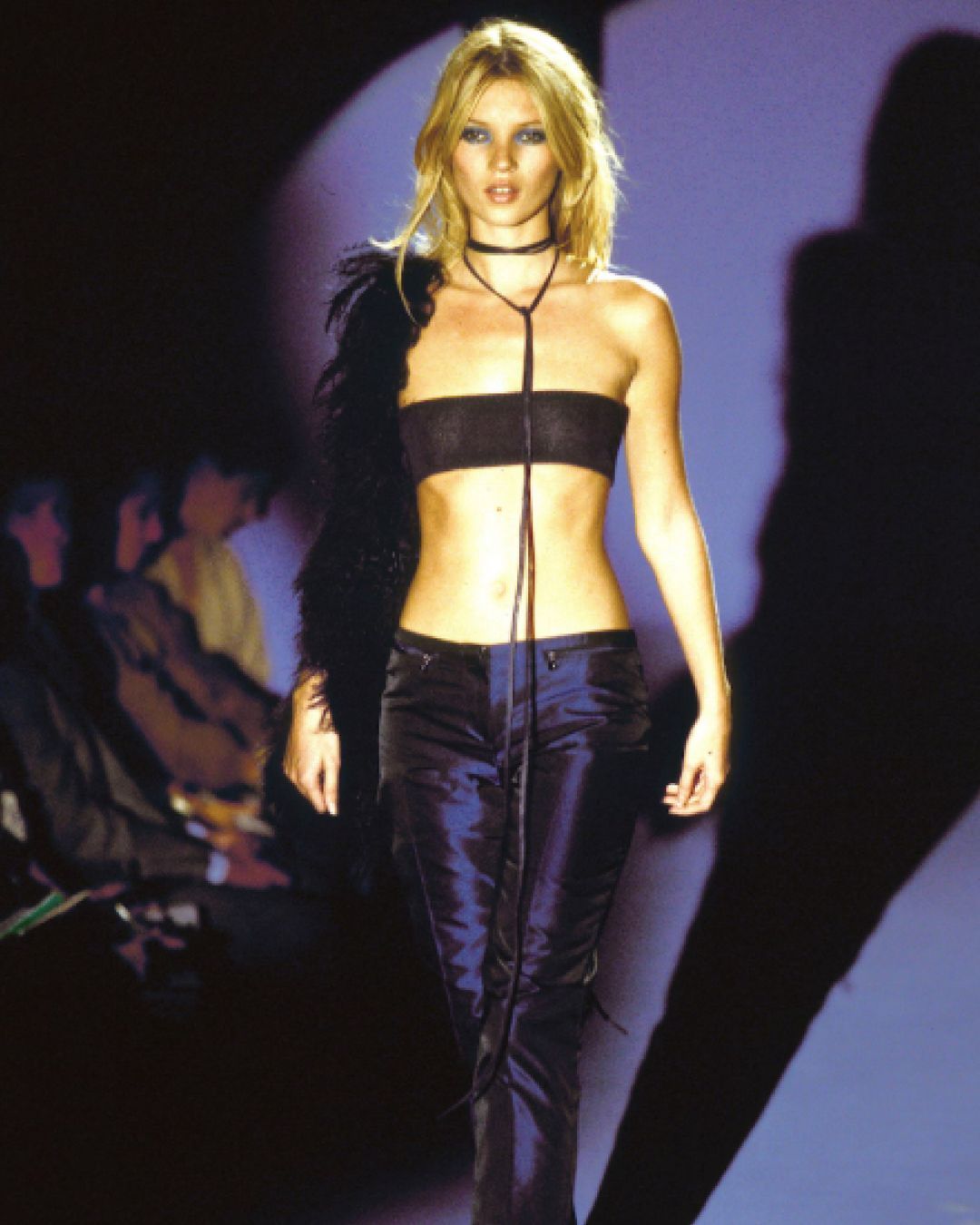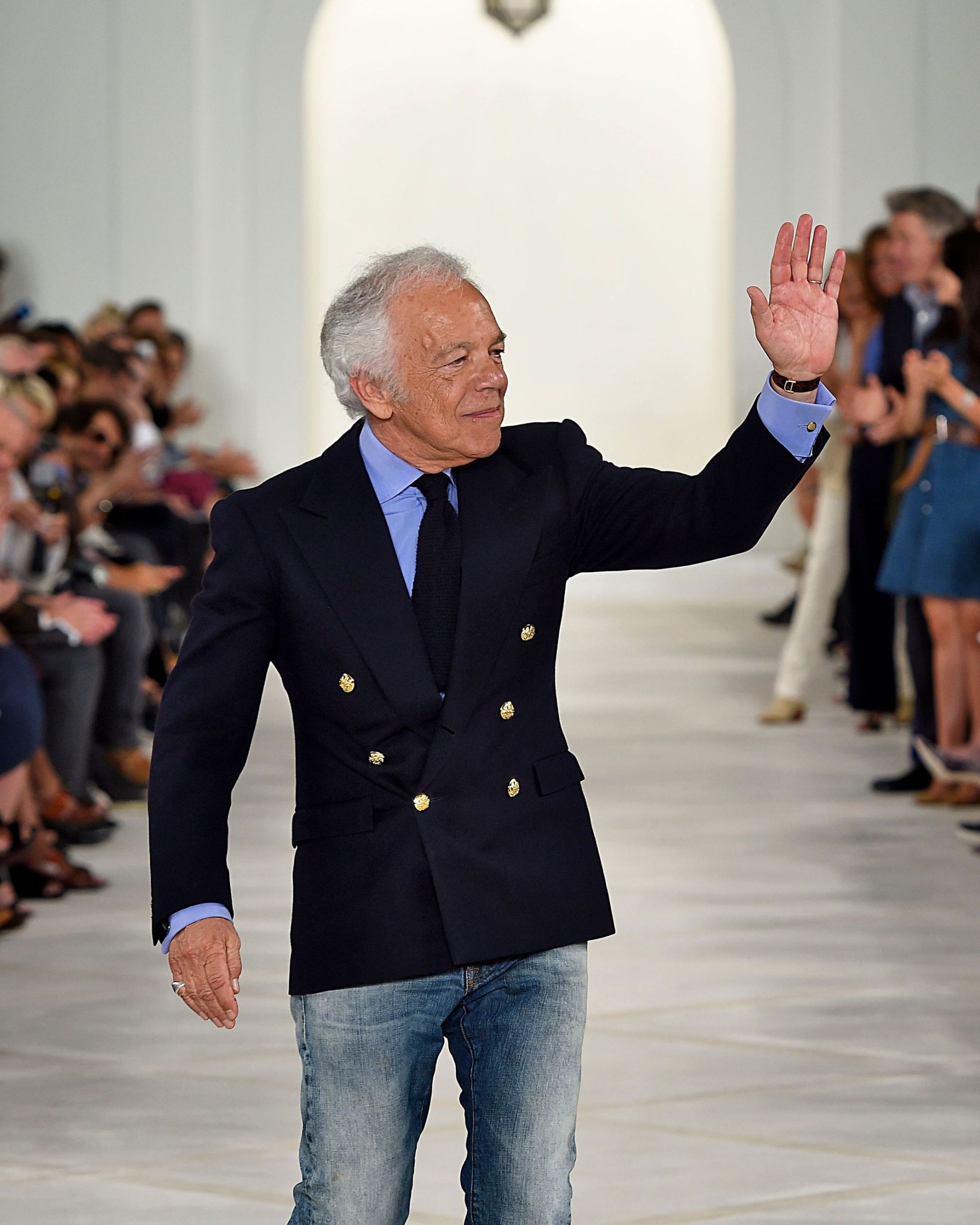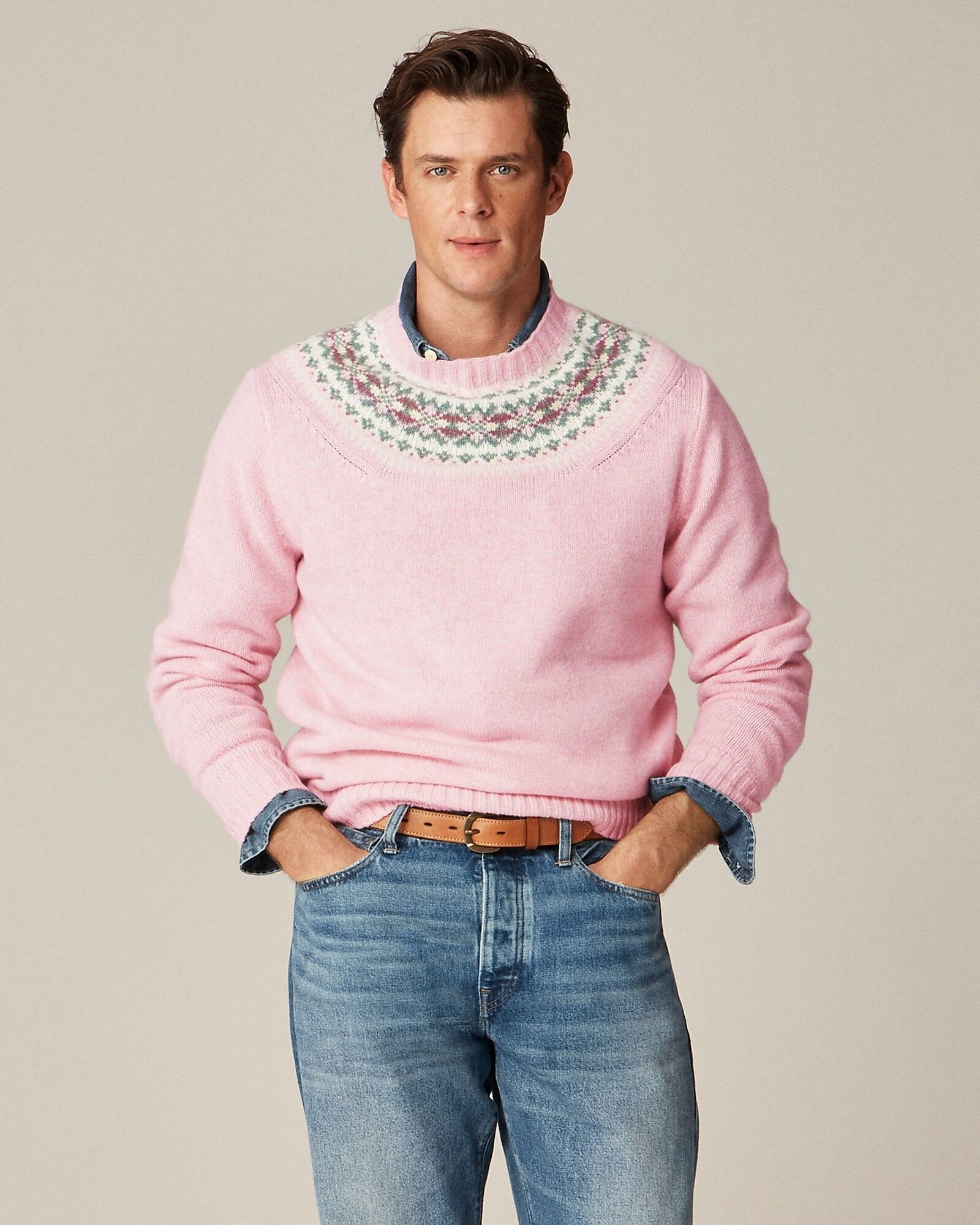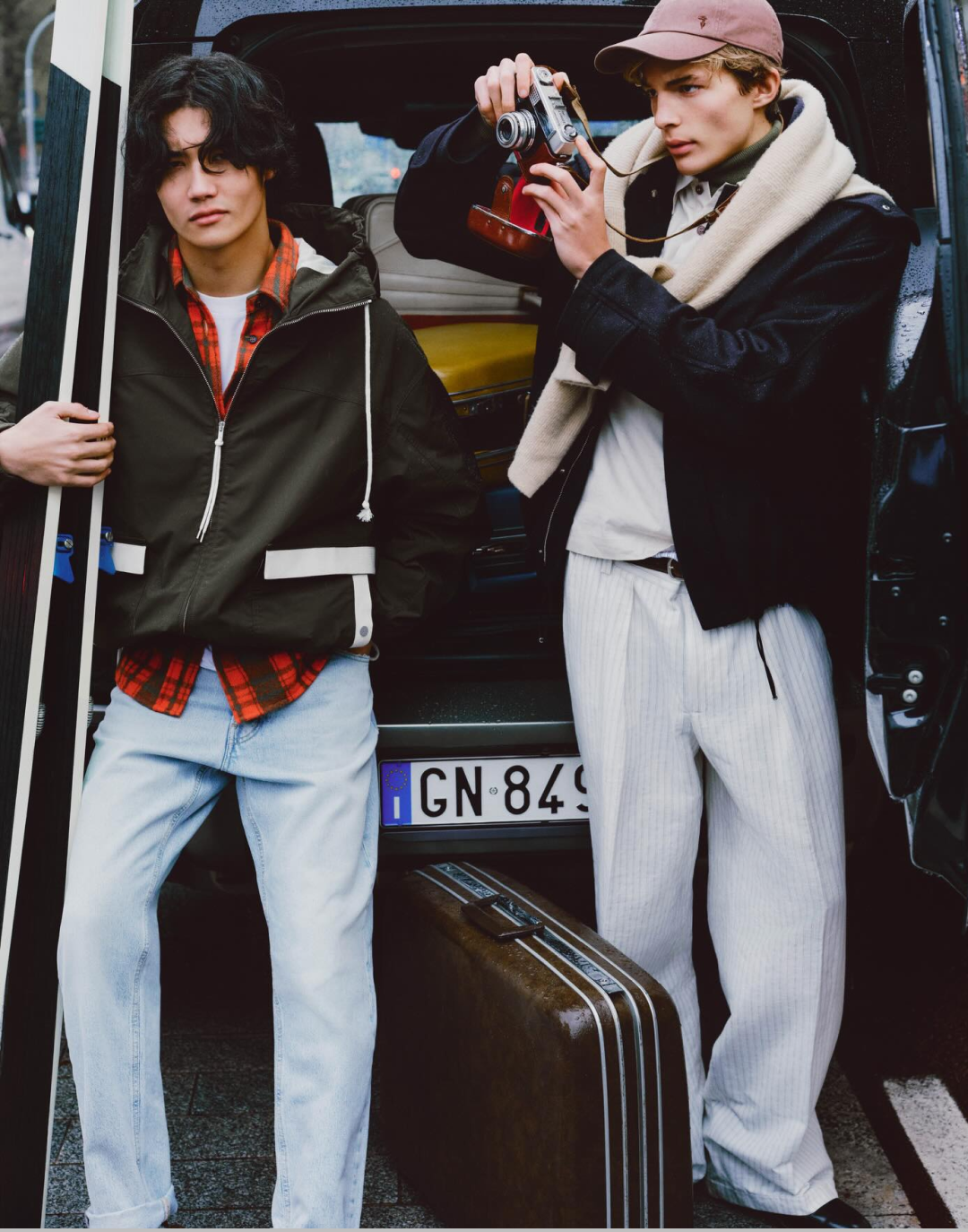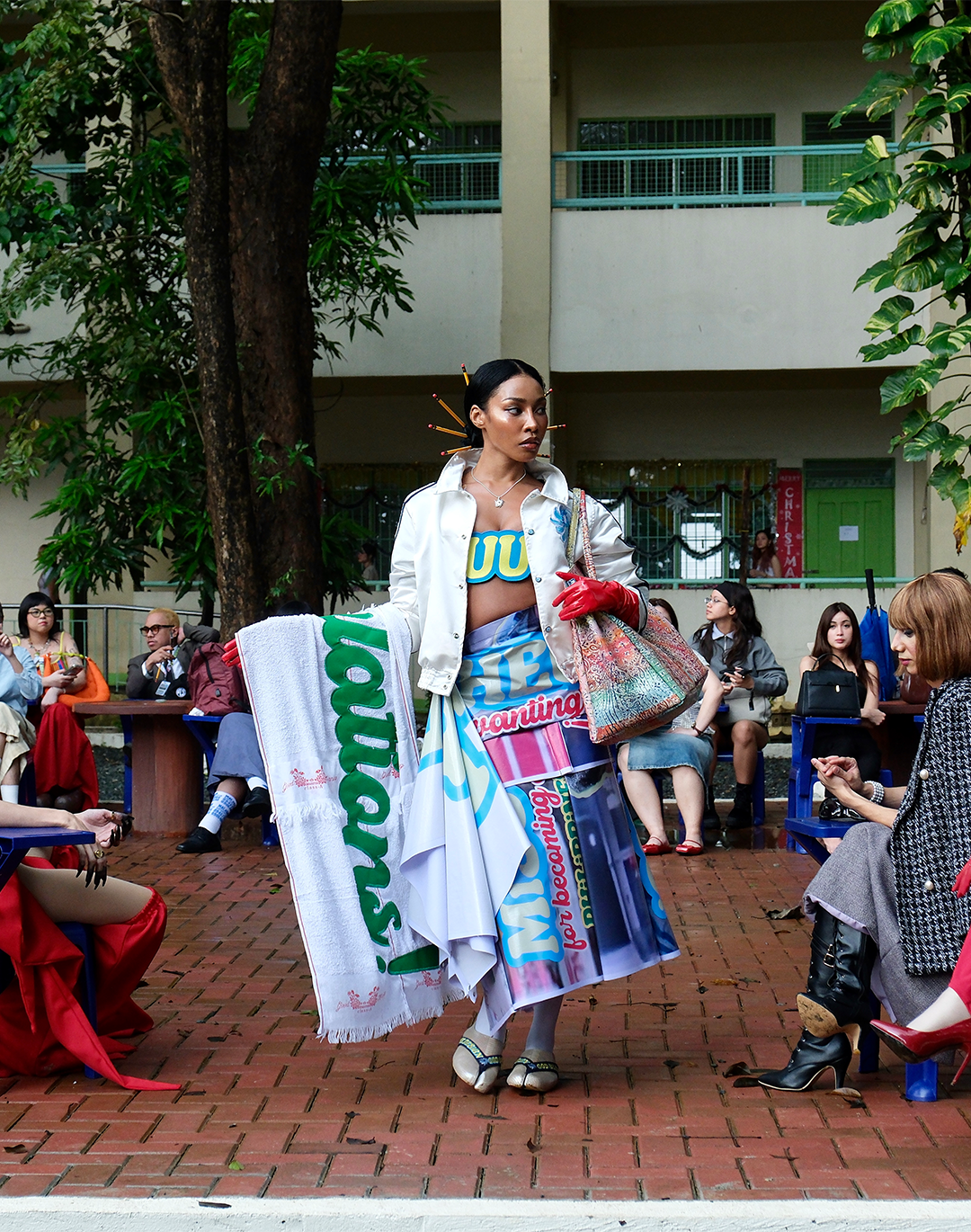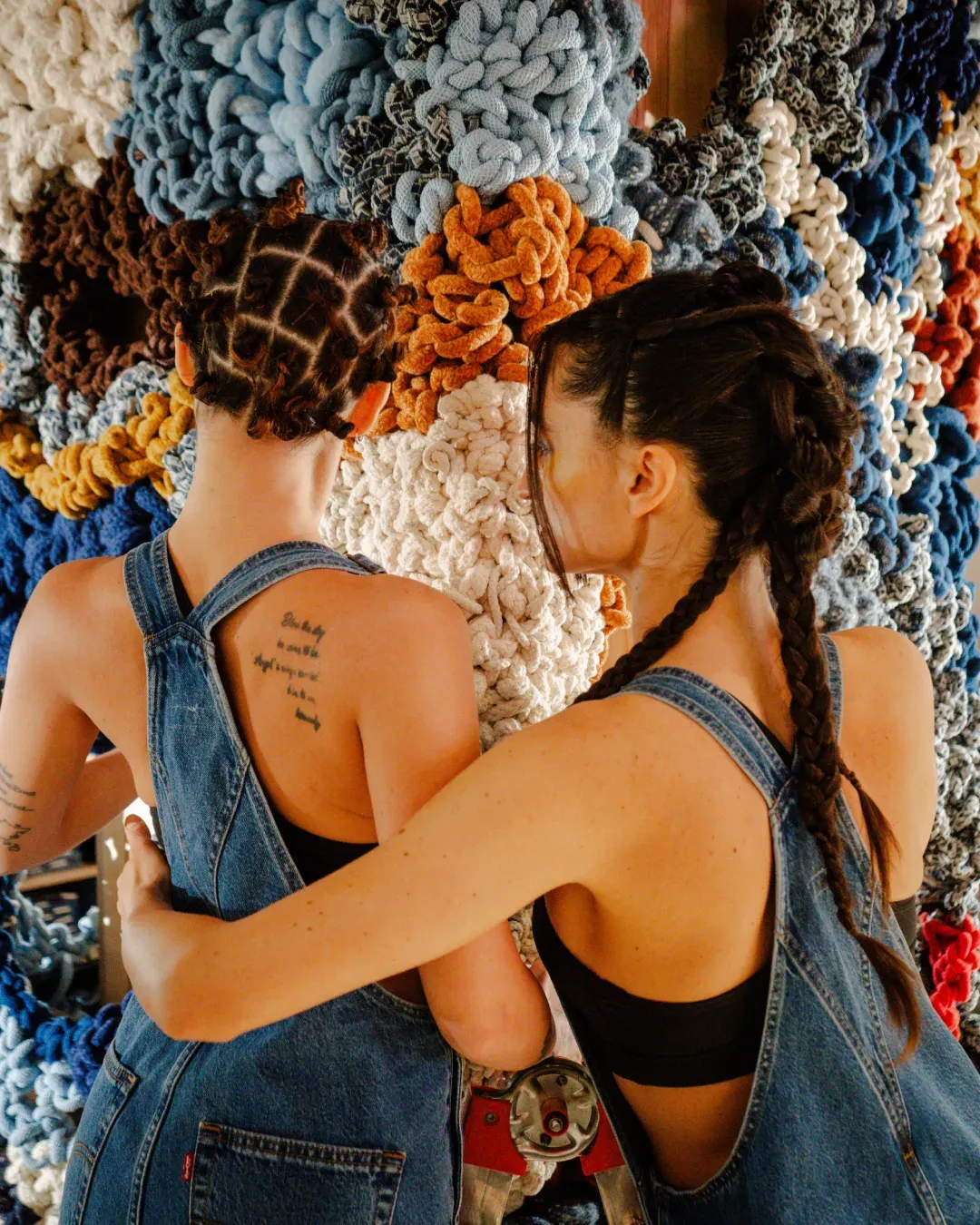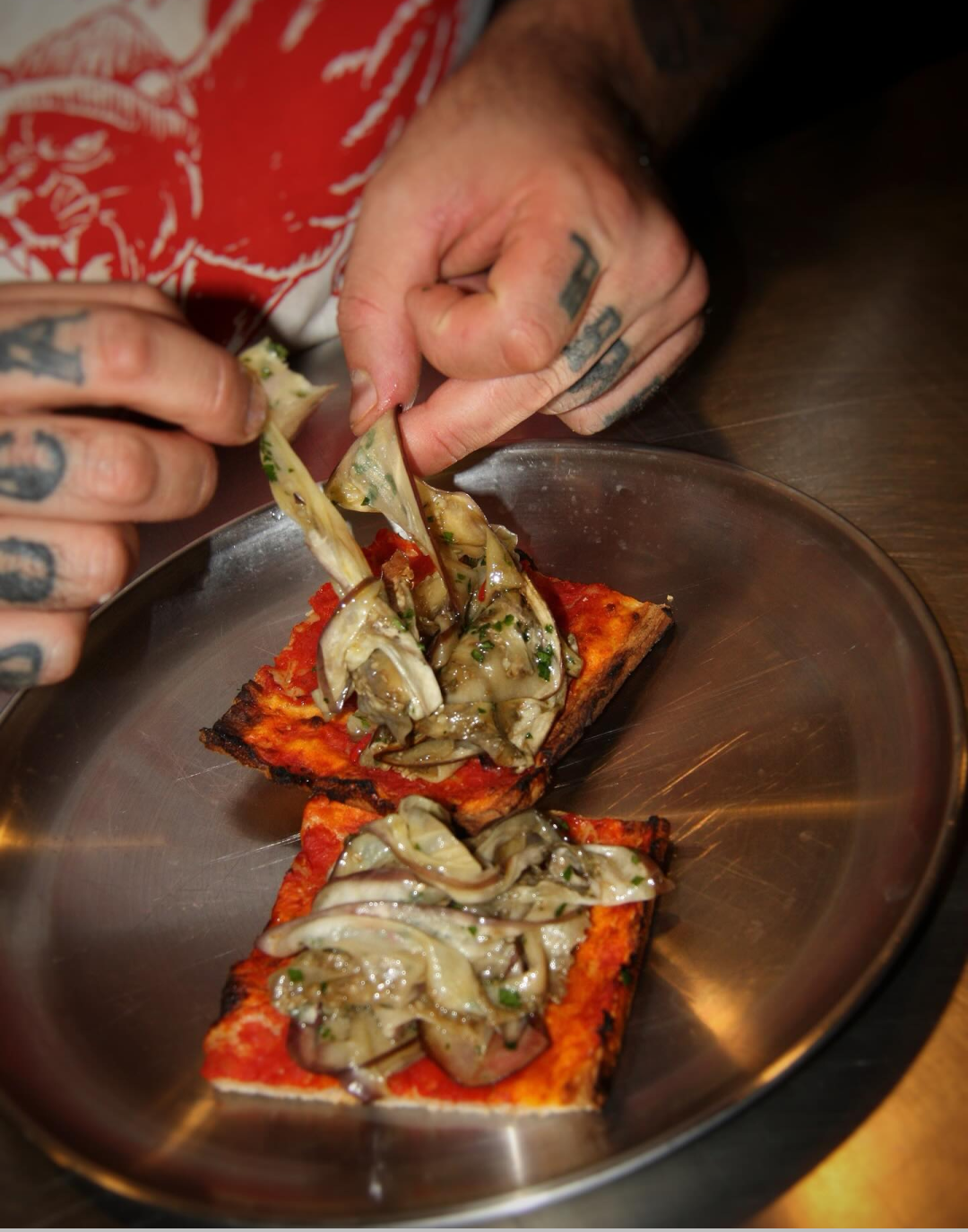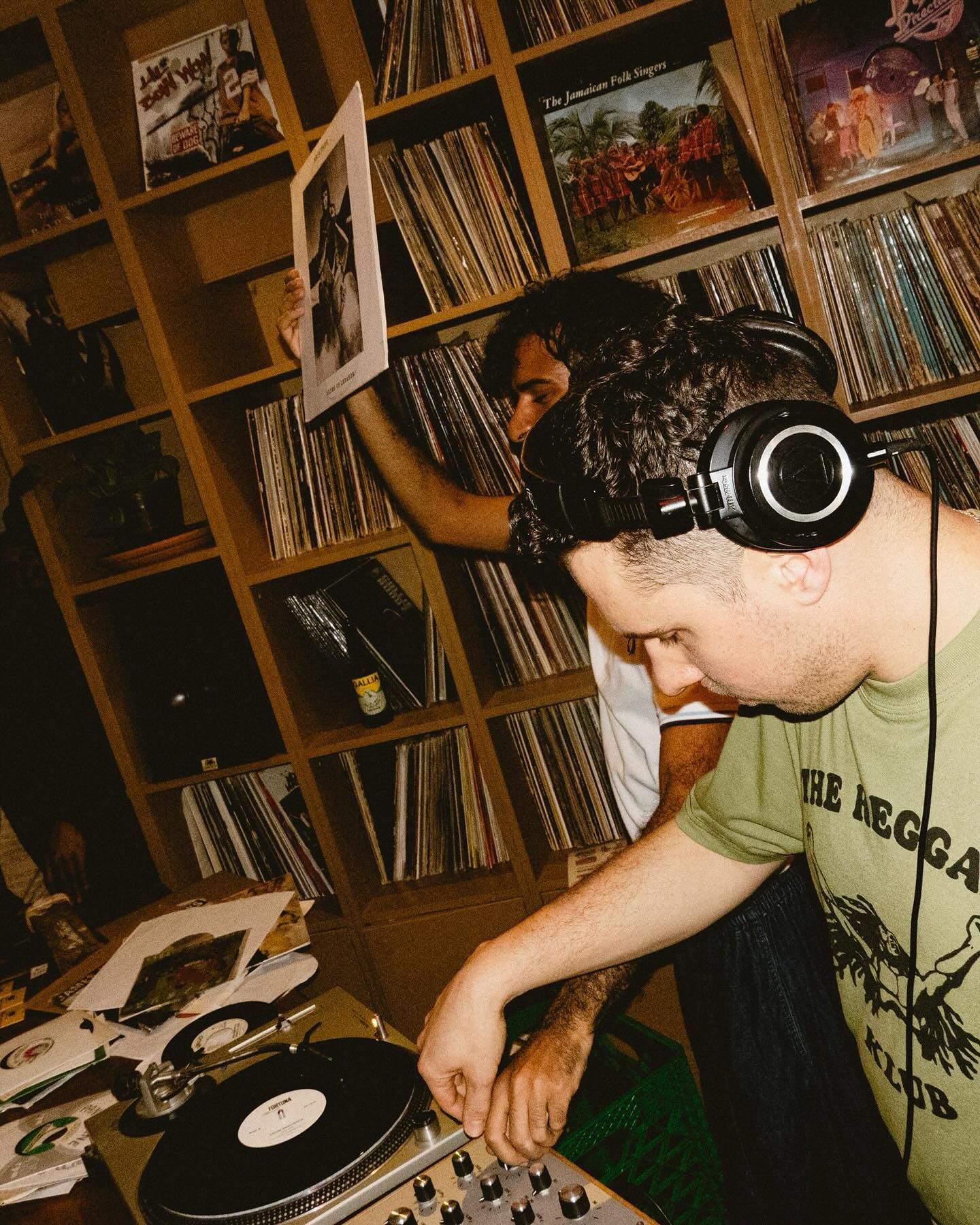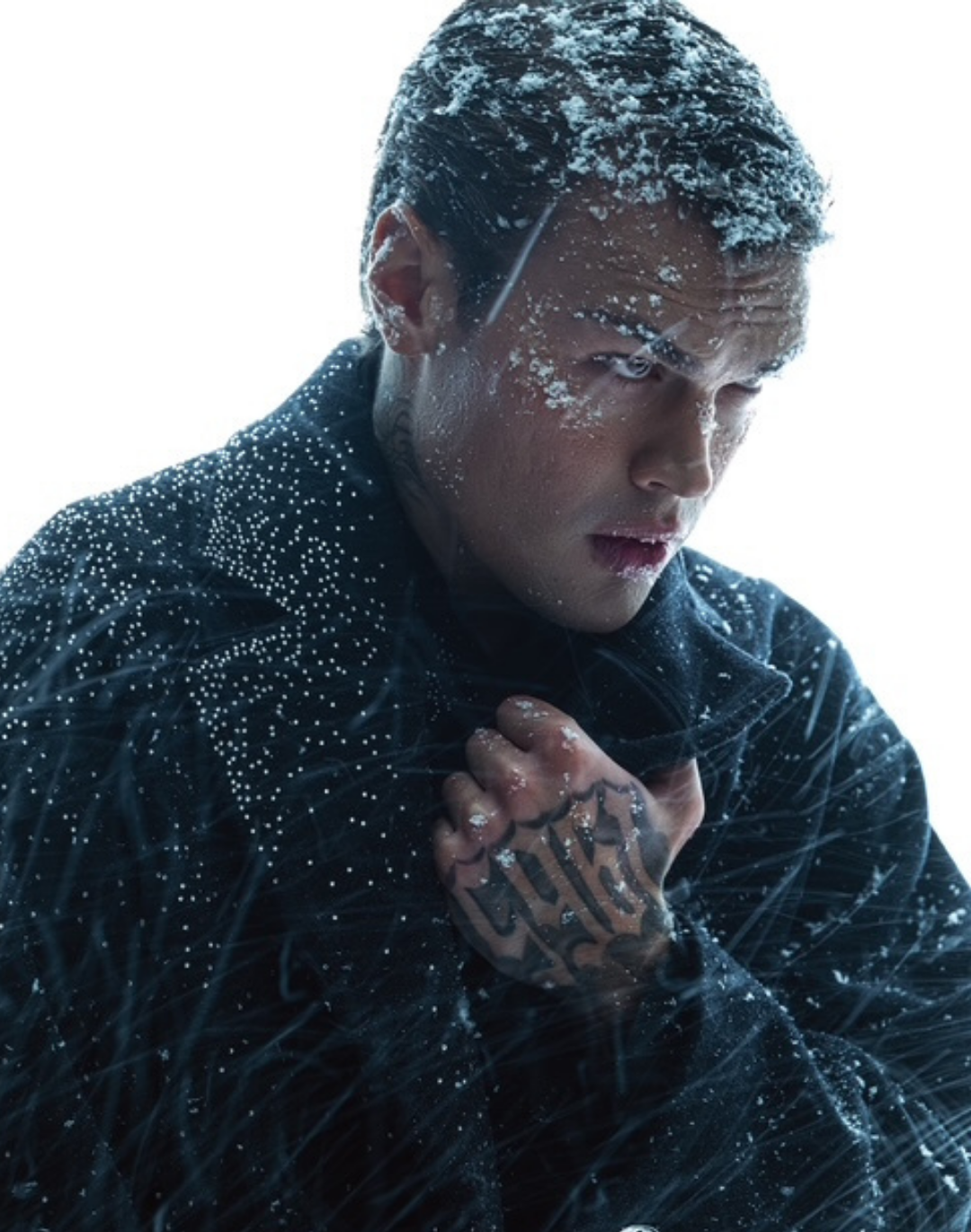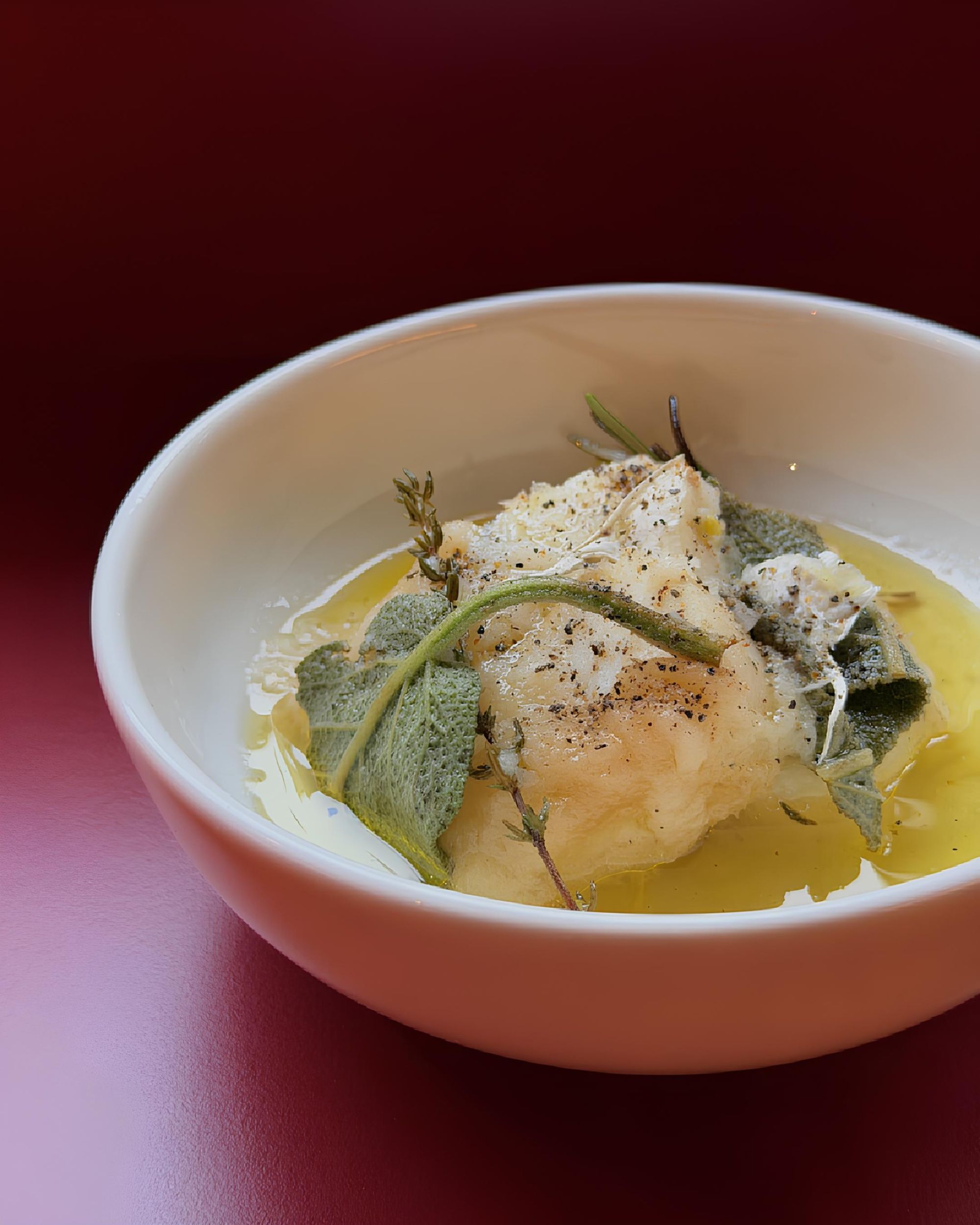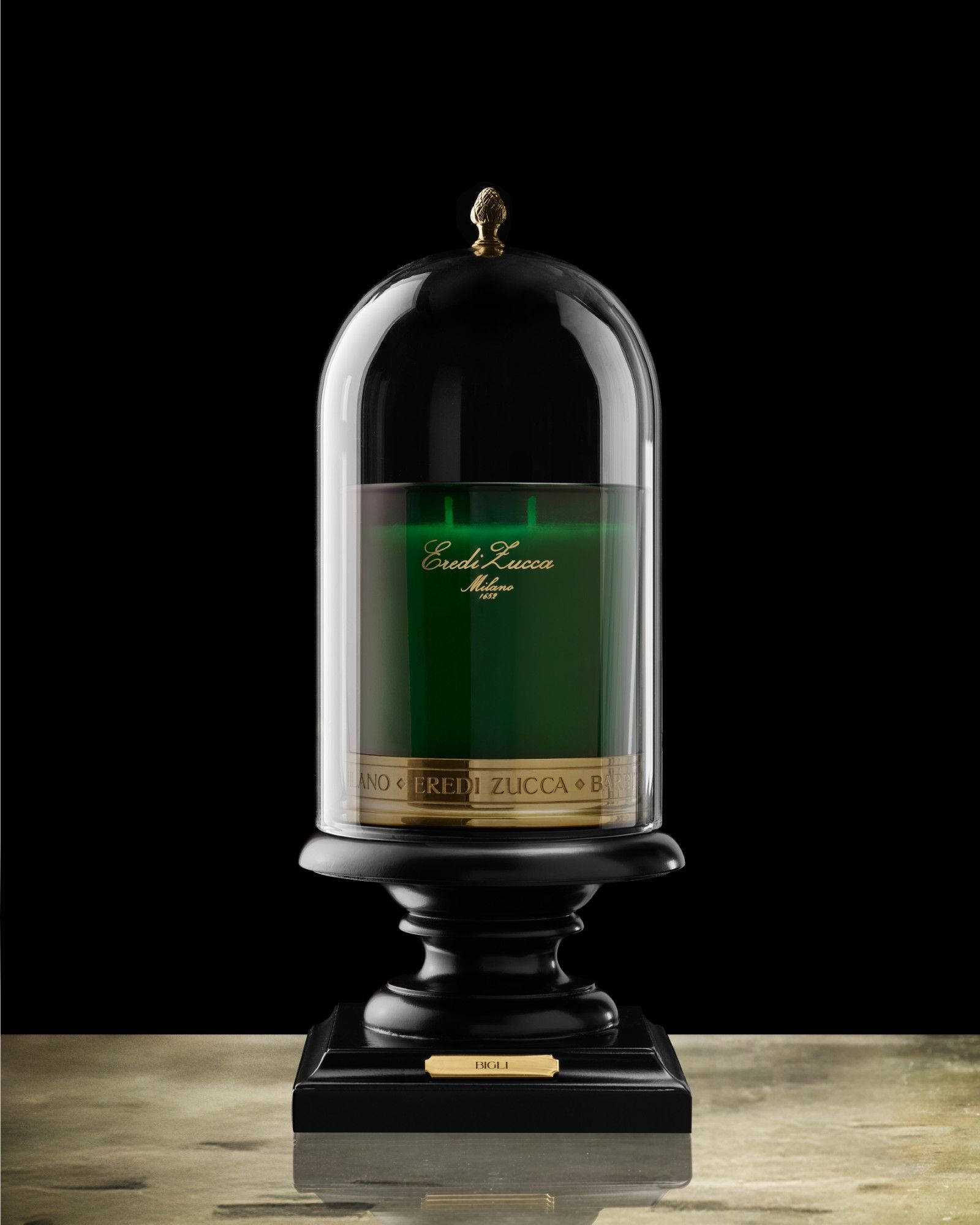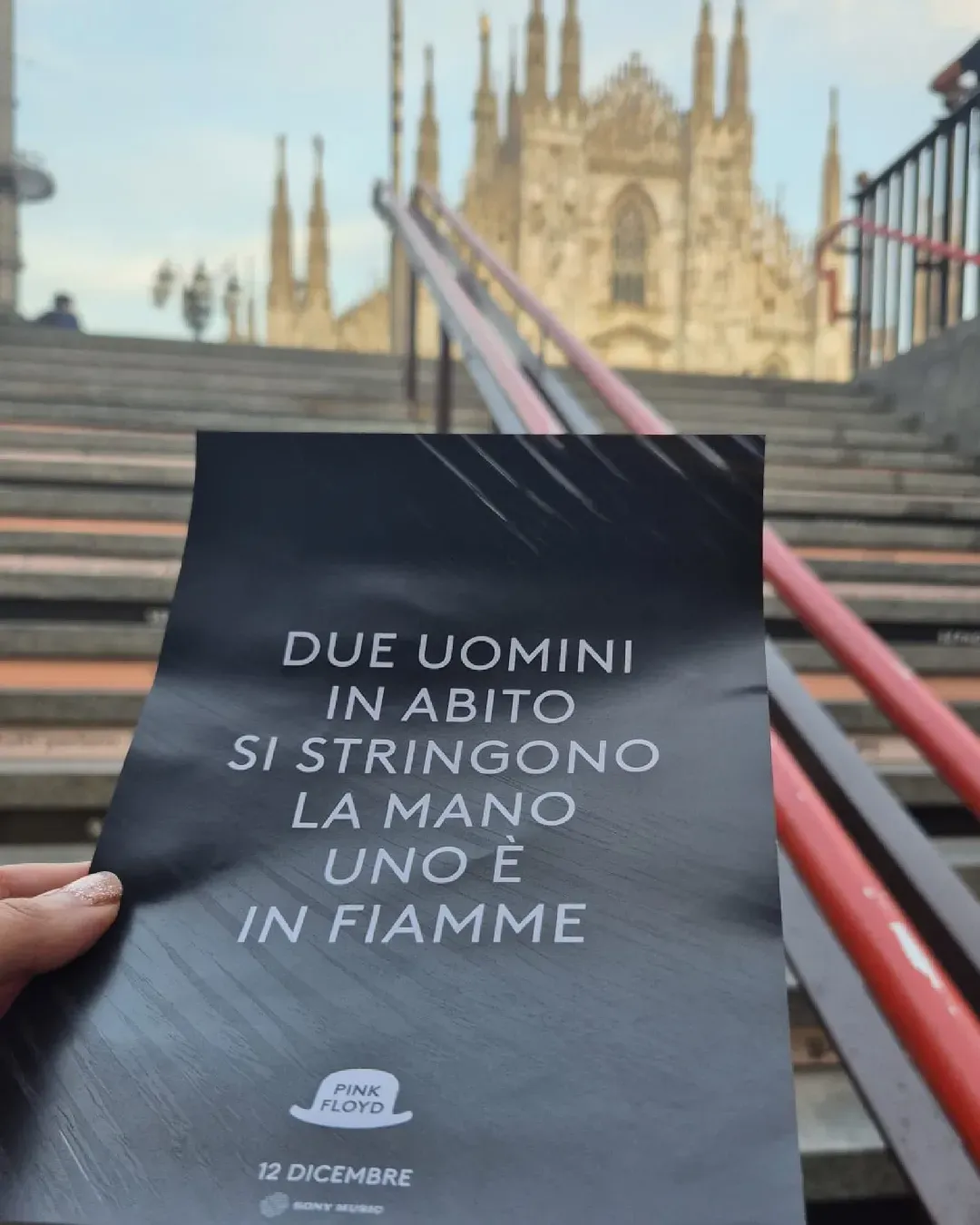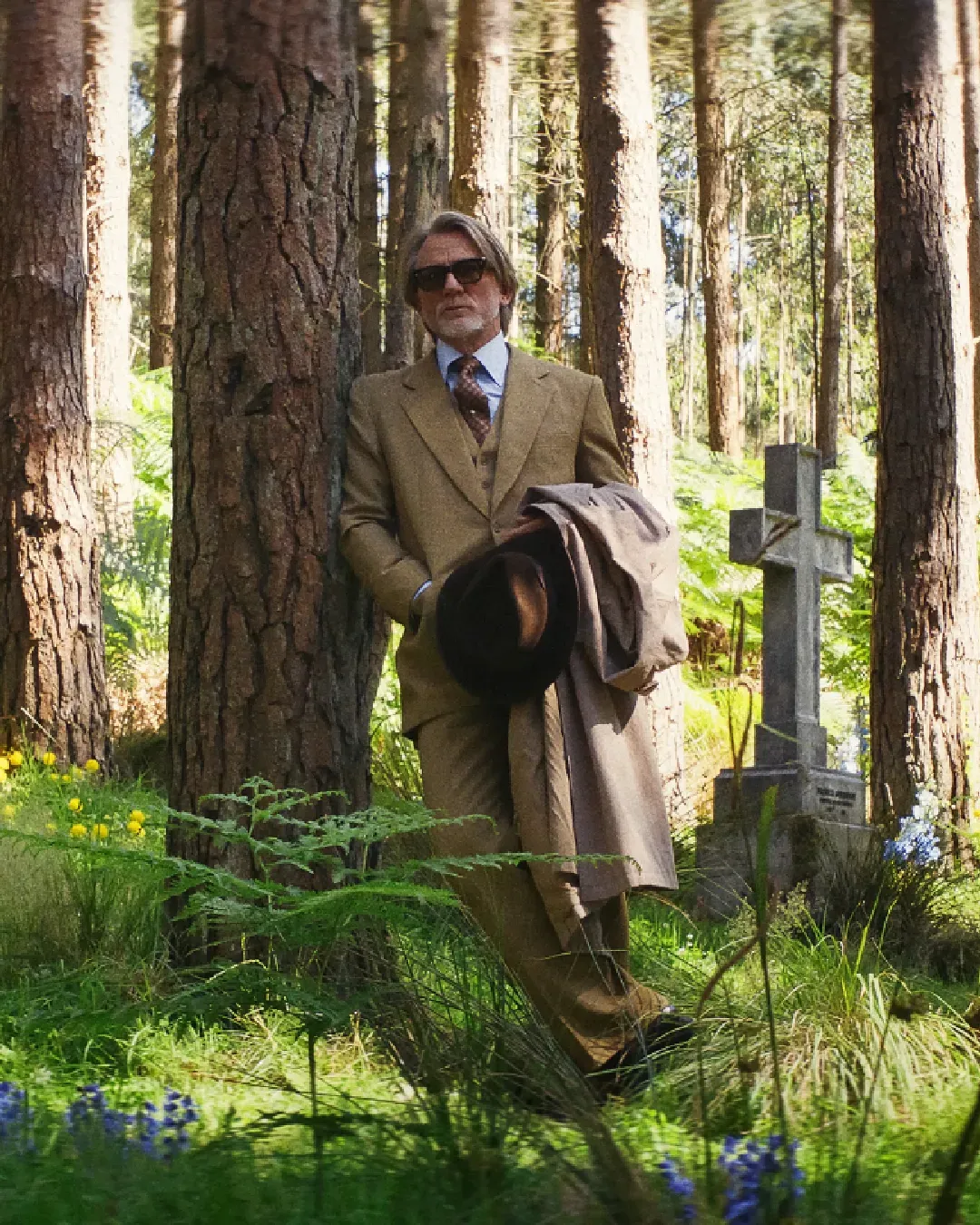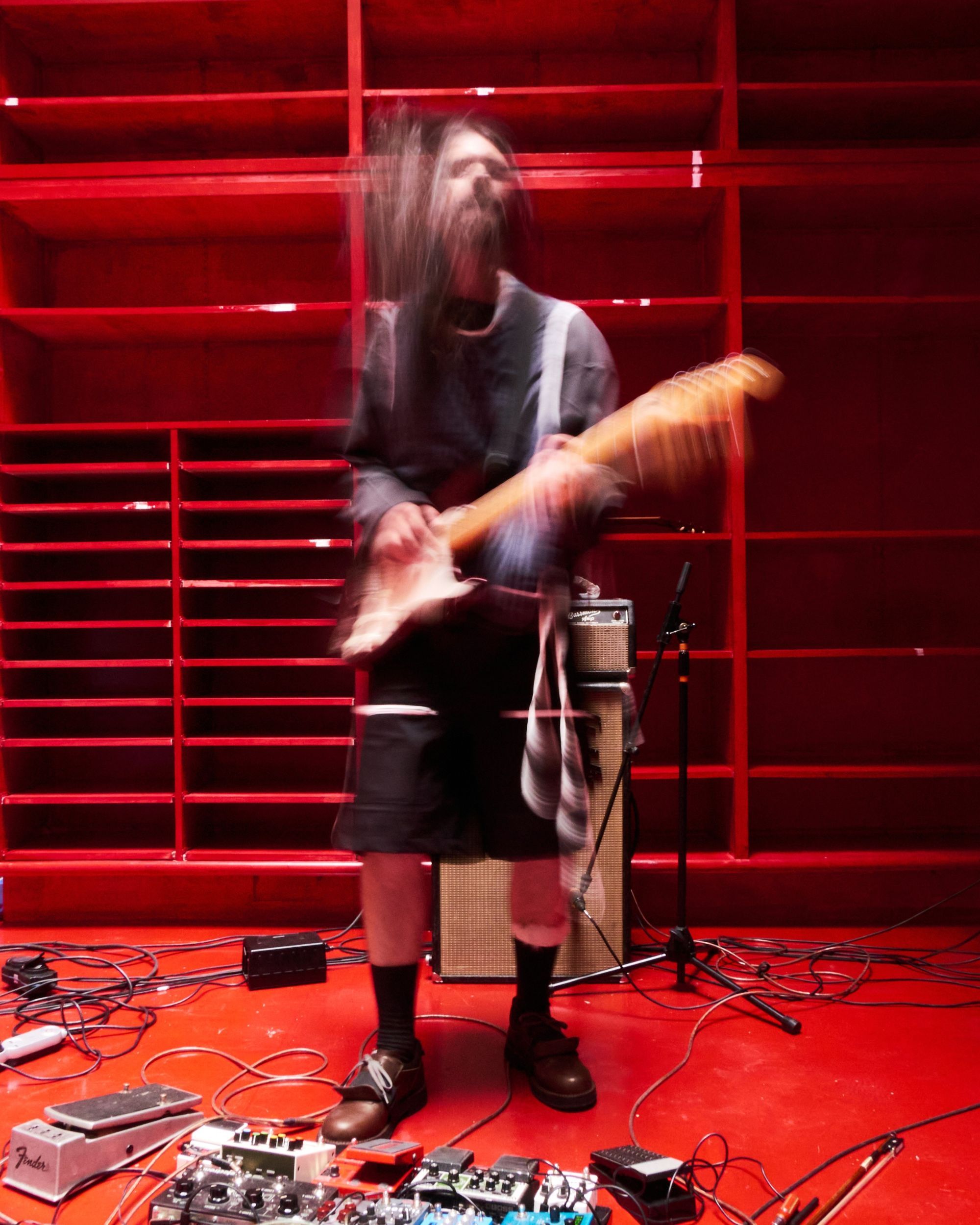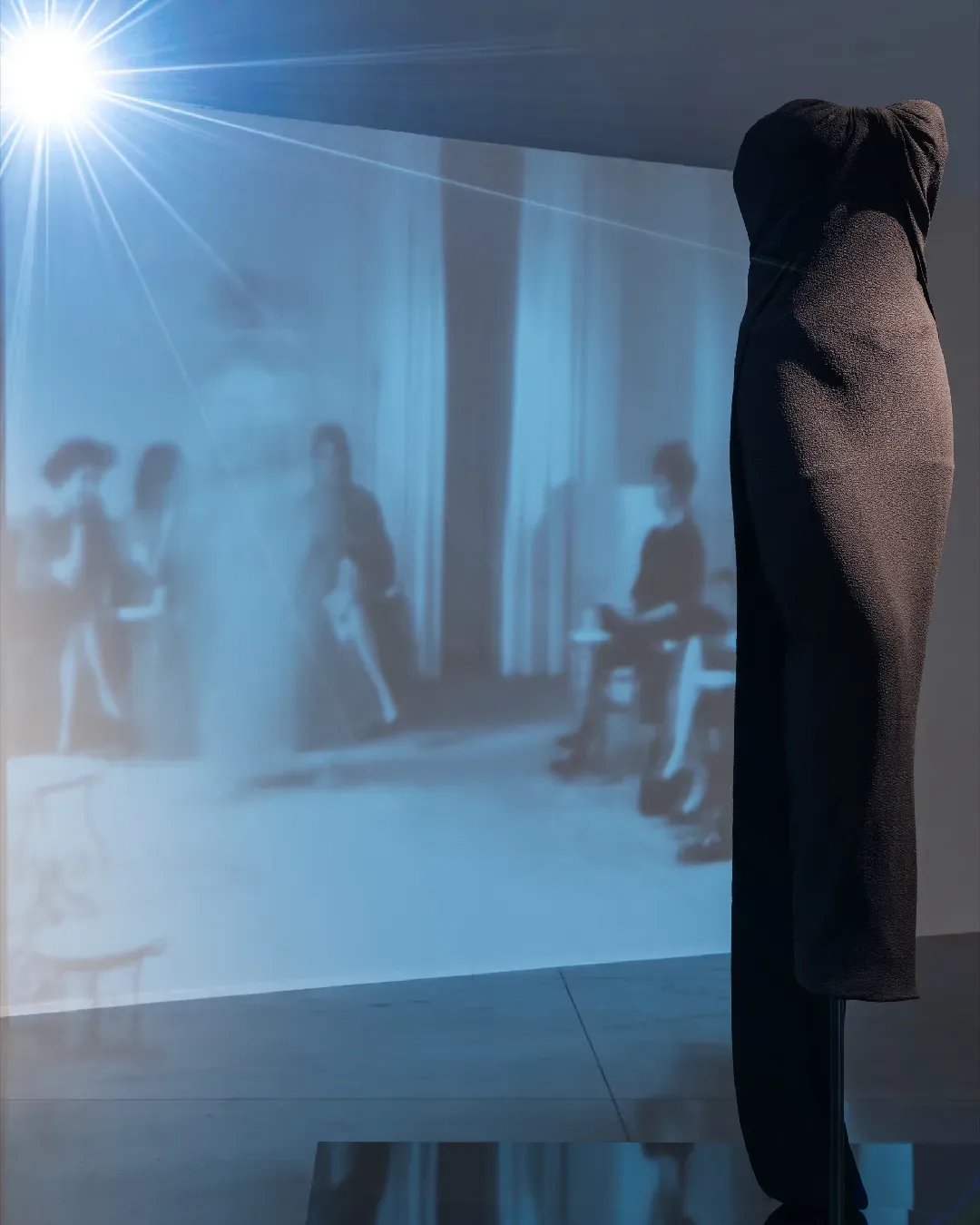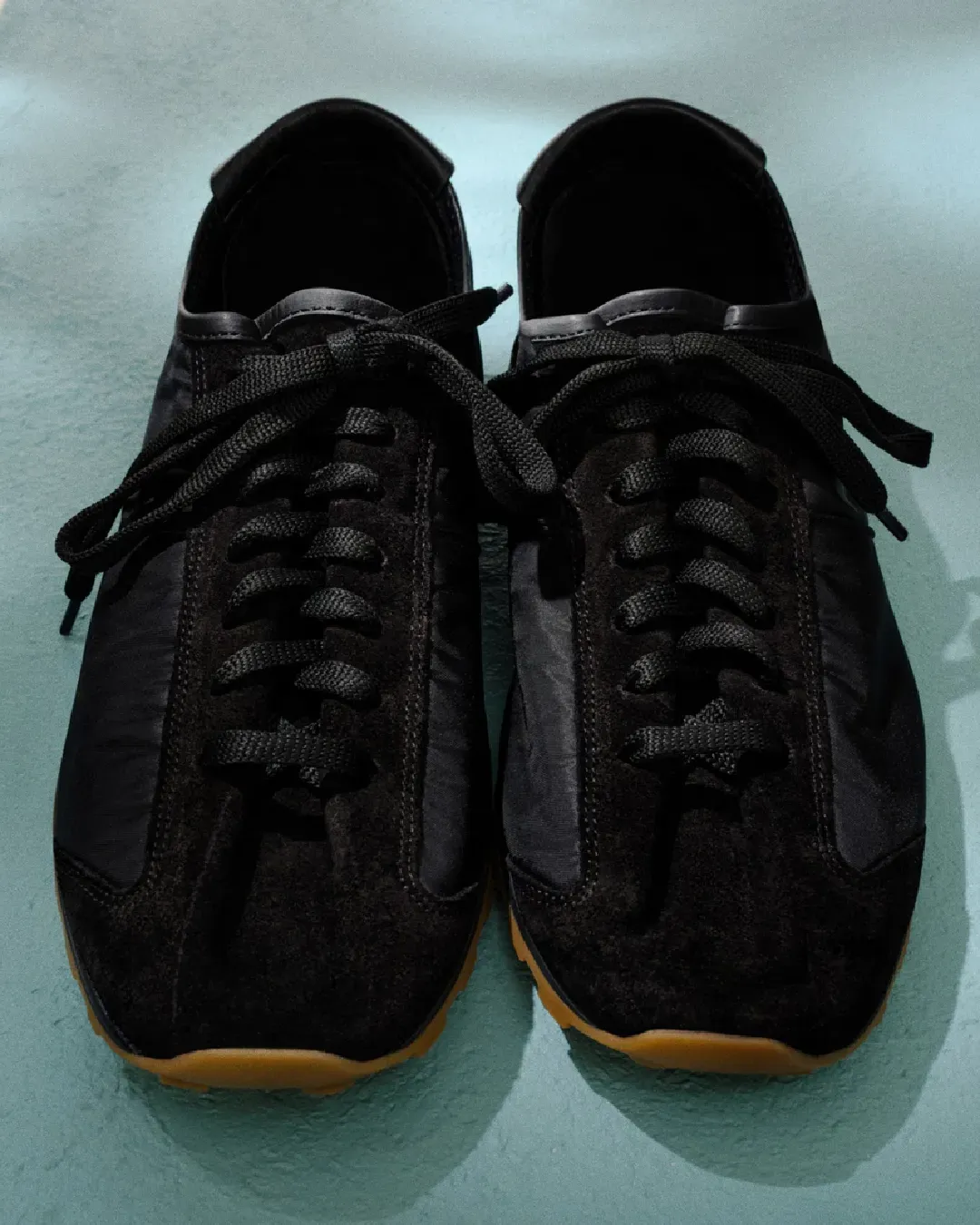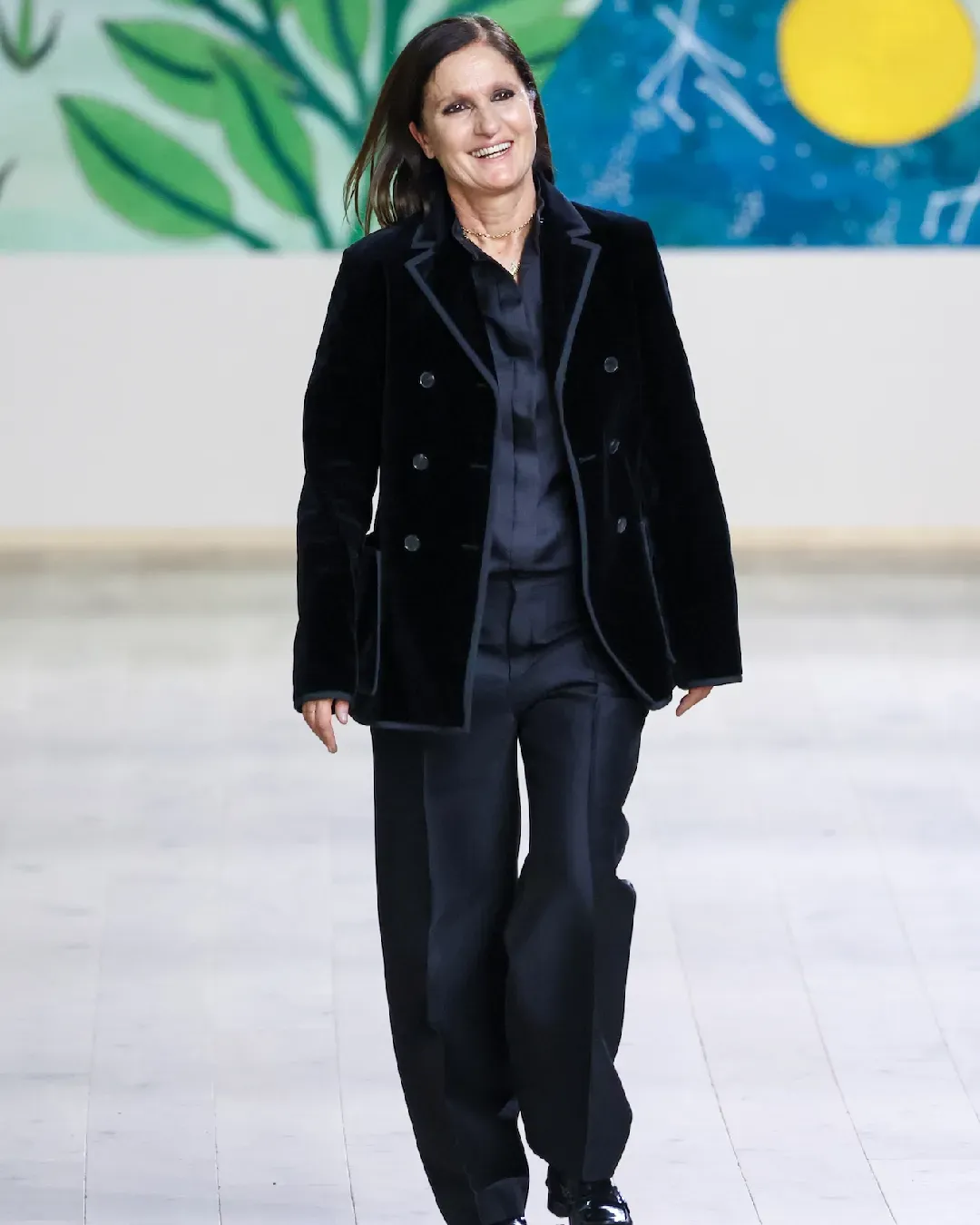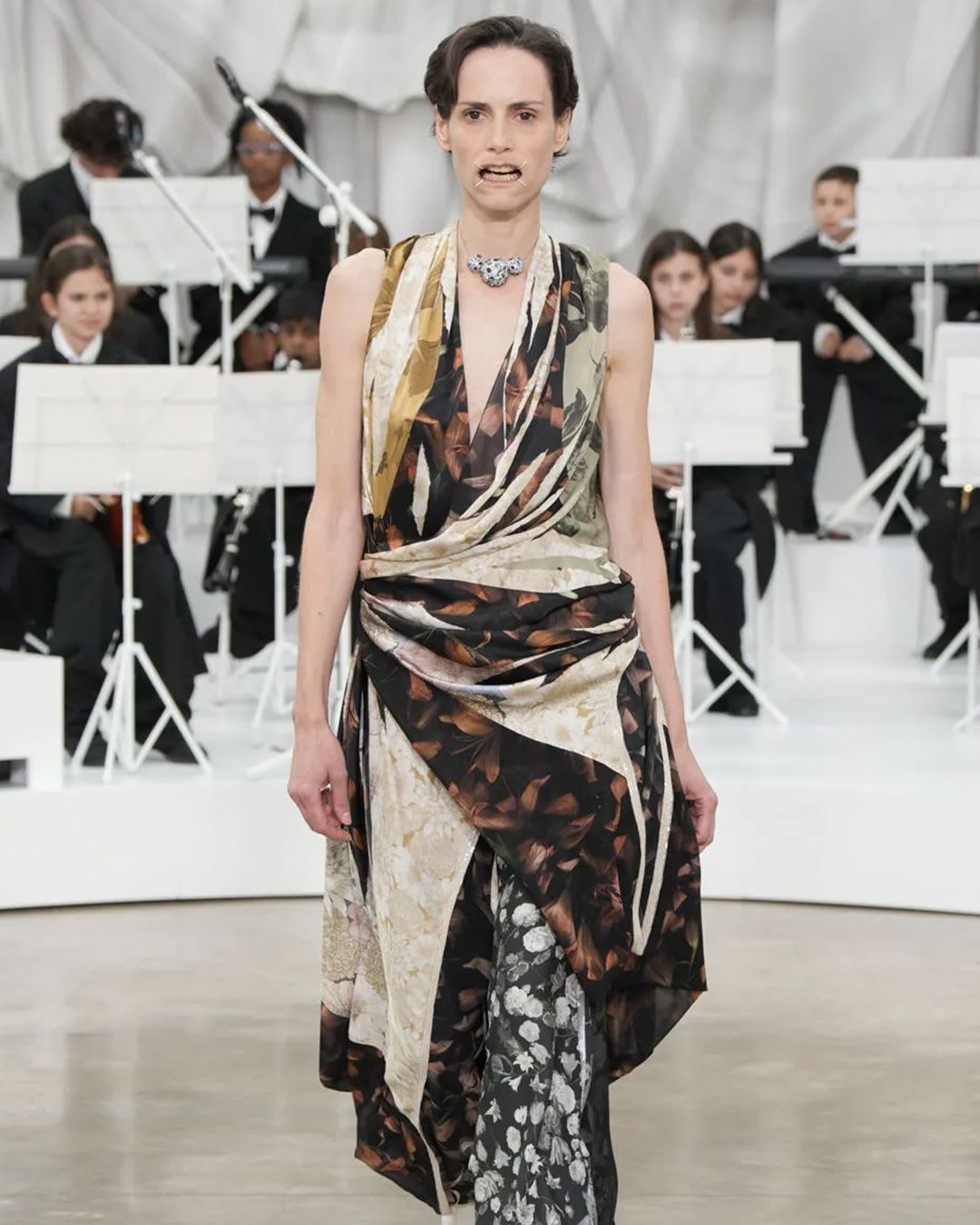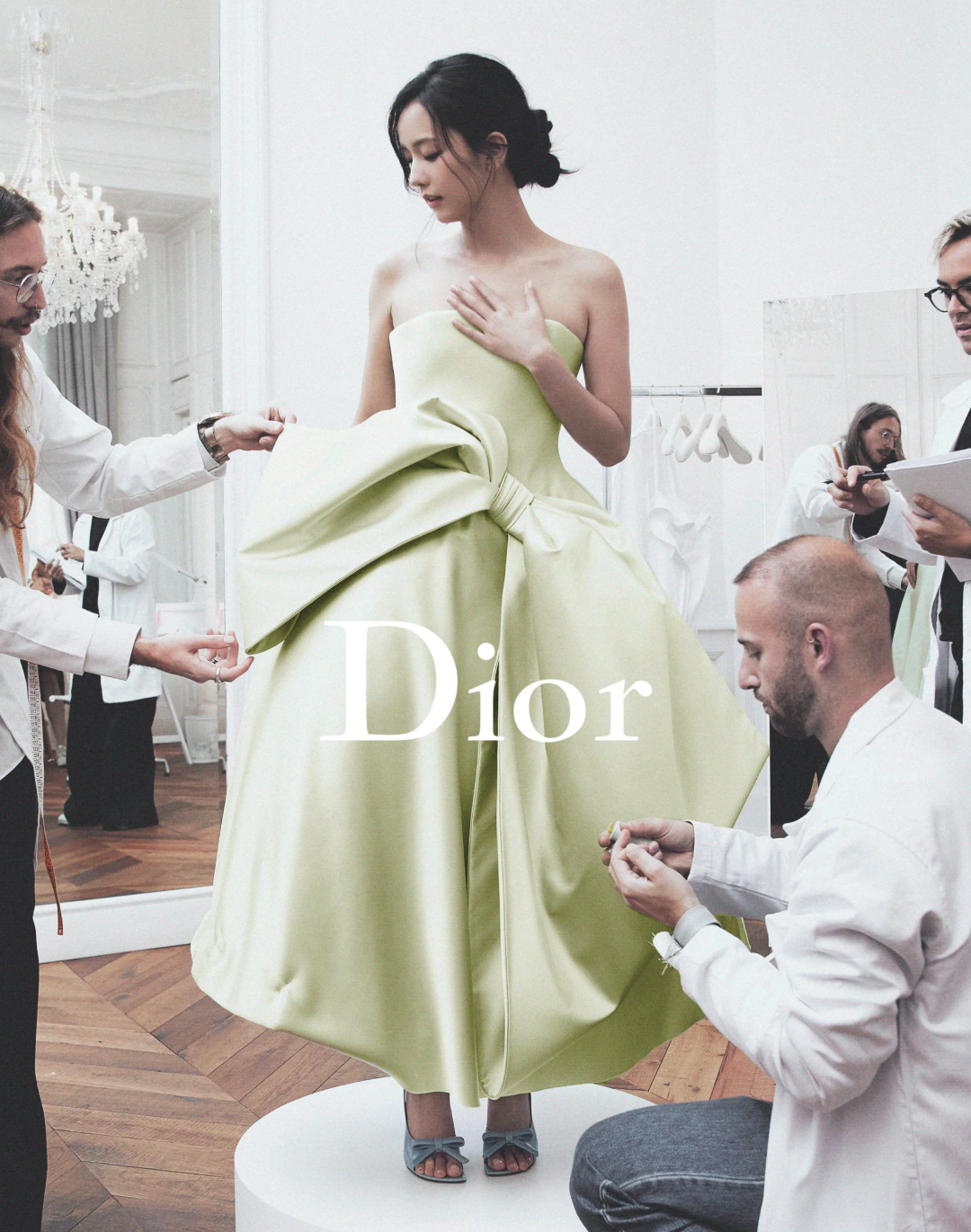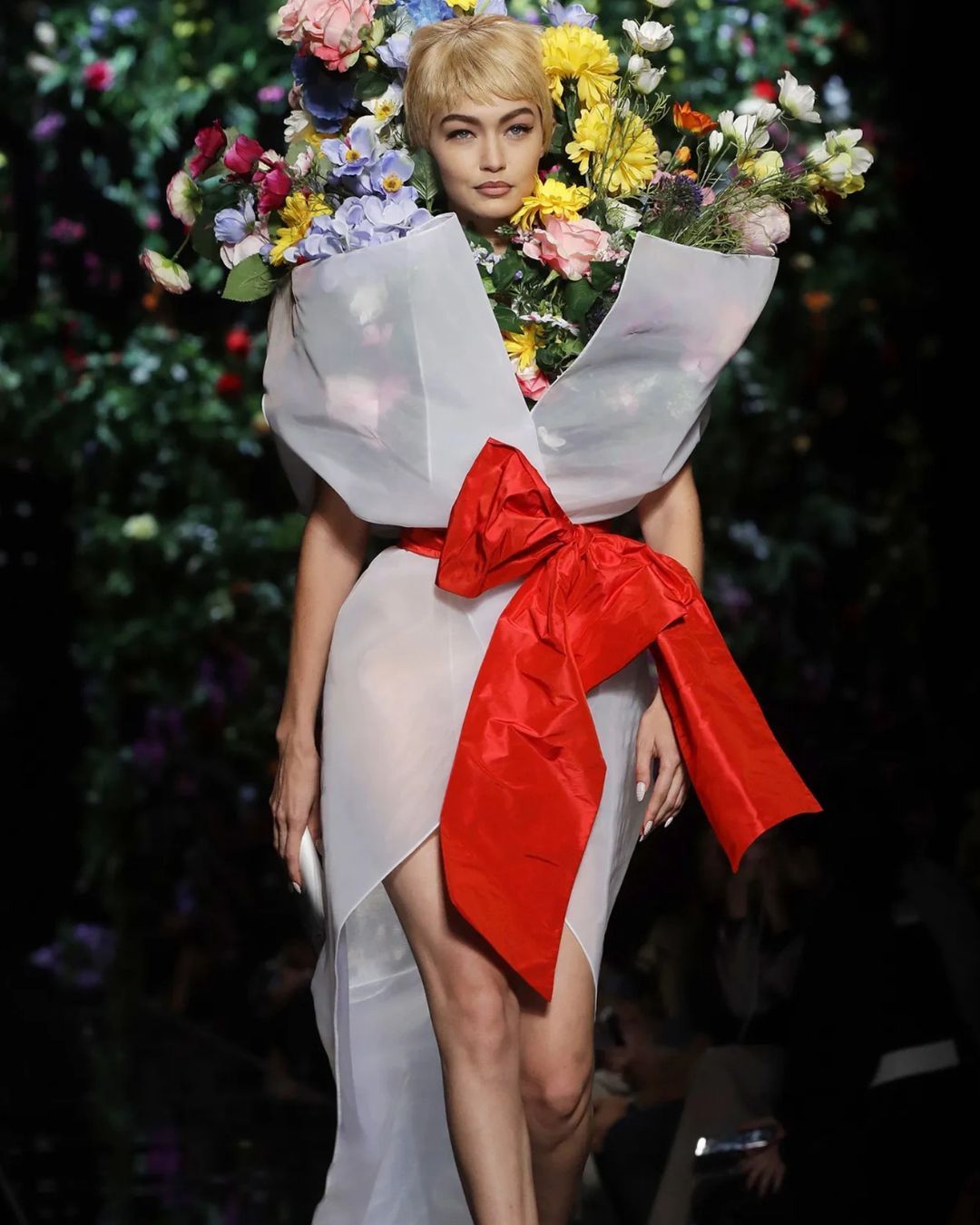
How floral art became a fashion business From the renaissance to today's catwalks, a short summary of the symbolism of flowers in the world of fashion
"Flowers are the sweetest things God ever made and forgot to put a soul into." The adage by Henry Ward Beecher resonates deeply within the fashion industry, where flowers have transcended mere decoration to become central thematic elements in campaigns, runways, and set designs. Throughout history, from the intricate floral brocades of the Renaissance signifying wealth and status, to the symbolic flowers coded with secret messages in the Victorian era, flowers have been constant companions of fashion. At that time, publications like Kate Greenaway's The Language of Flowers were essential, guiding the social elite in their sartorial choices to ensure their attire subtly conveyed the appropriate societal cues.
The 20th century saw floral patterns merge with haute couture, particularly in the post-war "New Look" by Christian Dior, which featured voluminous skirts and cinched waists reminiscent of a blooming flower. However, it was in the 21st century that flowers truly emerged as dynamic agents of brand storytelling. For example, Raf Simons transformed the venue for his debut at Dior in 2012 into a veritable flower-clad manor, with walls adorned with a million fresh flowers from floor to ceiling. This infusion of natural beauty not only highlighted his creations but also conveyed a sense of freshness, deeply embedding the imagery into the brand's identity.
More recently, the SS17 show by Dries Van Noten took this integration further by collaborating with Japanese floral artist Azuma Makoto. The result was a show overflowing with flowers encased in ice, a stark yet beautiful commentary on ephemerality and preservation in both fashion and nature. This approach didn’t just decorate a space; it transformed it, enabling the collection's narrative to revolve around the poignant symbolism of flowers, their beauty preserved at the height of their allure. Makoto’s work, celebrated for exploring the life cycle and aesthetic potential of flowers, adds depth to fashion presentations, extending the dialogue between garments and the flora surrounding them.
Today, the business of flowers in fashion goes far beyond prints and embroidery, permeating brand campaigns, store designs, and even eco-conscious movements within the industry. Flowers symbolize a return to nature and sustainability, influencing brands like Stella McCartney to adopt organic materials and environmentally friendly practices, or Kenzo recently with its Flower by Kenzo, la récolte parisienne concept. Runways adorned with real or artistically rendered flowers not only enhance visual engagement but also align brand values with environmental advocacy, reflecting a holistic approach that marries aesthetic appeal with ethical considerations. As fashion continues to evolve, flowers remain a powerful symbol of beauty, transformation, and today more than ever, responsibility.

